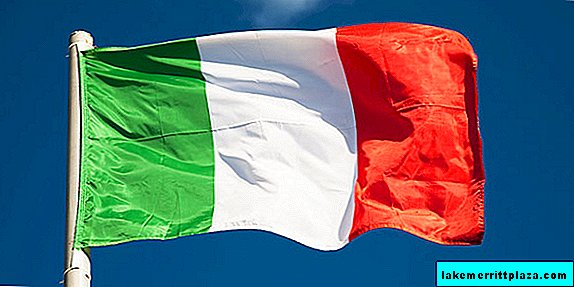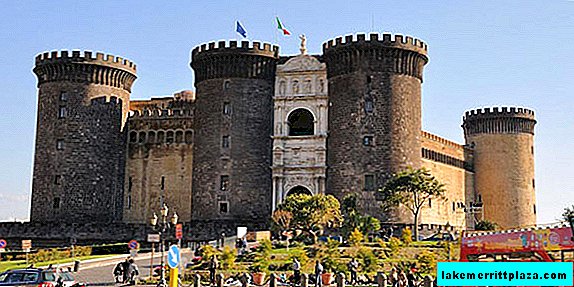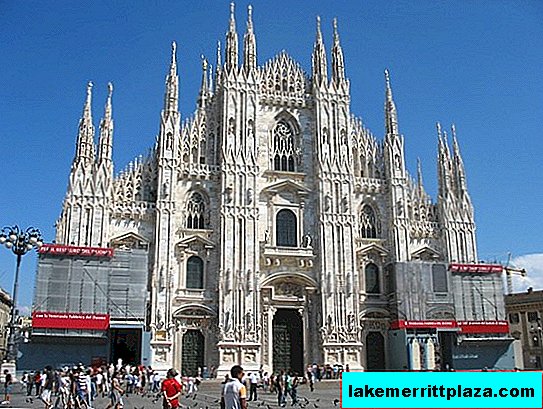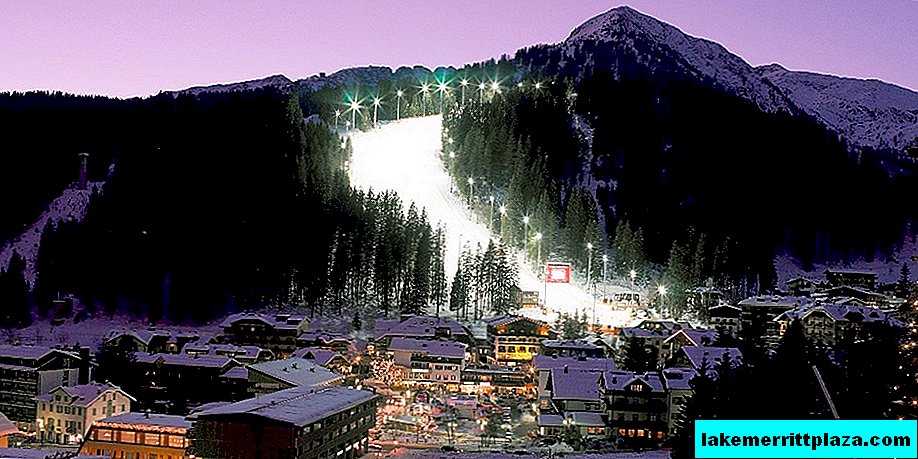The national flag of Italy, il Tricolore, as Italians lovingly call it, is one of the main symbols of the state, along with the anthem. A tricolor with vertical stripes of green, white and red appeared much earlier than the state itself.

Who invented
The history of the creation of the Italian il Tricolore begins at the end of the XVII century. Two students - Luigi Zamboni and Giovanni Battista De Rolandis - fought for the independence of Bologna, which was then under the rule of the Holy See.

In the fall of 1794, they rebelled. According to some reports, Napoleon Bonaparte, who was preparing the invasion of the Apennines, stood behind the riots.
The insurgents used green-white-red-colored cockades, similar to the sign of revolutionary France, as a distinctive sign. The blue color on them was replaced by green, personifying hope. But the hopes of the rebels then did not come true. The uprising was crushed by the papal guards, and for the instigators, the story ended sadly. Luigi Zamboni hanged himself in a cell, unable to withstand brutal torture, and Giovanni Battista De Rolandis was publicly executed.
The memory of the martyrs of the revolution was immortalized by Napoleon. One of the first decrees in occupied Bologna, he ordered the rebellion organizers to be reburied on Mount Mantagnola. Napoleon completed the work of the revolutionaries: he abolished the power of the Holy See and recognized the free Cispadan Republic as a vassal of Bonapartist France. The banner of student rebellion has become the official symbol of the new state. The stripes on it were horizontal, and in the center is a coat of arms. Hence the "grow legs" of the popular myth that the flag of Italy was invented personally by Bonaparte.
Royal Standard
In 1797, Napoleon united the Cispadan and Trans-Padan republics into the Cisalpine republic, and the standard acquired the familiar form with vertical stripes of the same colors. The flag of France was taken as a basis.

Five years later, the Cisalpine Republic (Repubblica Cisalpina, 1797-1802) became Italian (Repubblica Italiana, 1802-1805), and its banner underwent major changes. The coloring remained unchanged, but the stripes changed squares: against the background of scarlet, a white rhombus with a green square inside.

In 1804, the vector of development of the country changed: Napoleon turned the republic into a kingdom. The changes are reflected in heraldry - an imperial eagle appeared on state standards.

Another ten years passed, Napoleon was defeated, and the history of the empire of his empire ended. Italy again lost unity, and with it the royal banner.
National symbol
Despite the fragmentation, the green-white-red banner remained a sign of the national association Risorgimento (il risorgimento - revival, renewal). The echoes of the Napoleonic banner and its colors continued to live in the heraldry of Italian lands.
The Sardinian version of the tricolor - the blue-red coat of arms of Sardinia and the crown against the background of green, white and red stripes - became state-owned for the whole Kingdom of Italy (1861-1946) precisely because the leader of the liberation movement against the Austrian occupation, Giuseppe Garibaldi was exactly from this island and went with like-minded people into battle under the flag of his native Sardinian kingdom.

The years of World War II were marked by the short existence in the north of the Apennine Peninsula of the fascist Italian Republic.

Her symbol is the same tricolor, with a Roman eagle in the middle. With the end of World War II, the flag of Italy lost its emblem and acquired a modern look, approved by the 1947 Constitution.

What do the colors mean?
The flag of Italy, according to the Constitution of 1947, has the following colors: "green", "white", "red".

Until the beginning of the XXI century, no one thought about a more accurate definition of shades. But with the development of digital printing and computer design arose, this issue became relevant. The colors are digitally coded and have a precise description. In official documents, Pantone coloring of the flag is now described as follows: Scarlet Red ("Scarlet"), Fern Green ("Green fern"), Bright White ("Bright White").
According to the generally accepted version, the meaning of colors is: green symbolizes hope, white is traditionally considered the color of faith, and red represents love. The Italians themselves are ironic that coloring their flag is just a tribute to the national cuisine: red is tomato, white is mozzarella, and green is salad. In Russia, such an interpretation of the symbol of the country that presented the world with pizza and pasta is also very popular.
Similar flags
Tricolors of some countries are very similar to Italian. The flags of Mexico and Italy are often confused. Their coloring is identical, but Mexico has a coat of arms in the center, which is not always used.

The coat of arms is not used on the naval banner of Mexico, which made it impossible to assert the Italian tricolor as a universal national symbol, as is realized in France.
Less commonly, confusion arises with the tricolor of Ireland. The difference between the standards of countries is in the color of the last band: red - in Italy, orange - in Ireland.

To distinguish between them, it is enough to recall that red hair is very common in Ireland. Coloring is not the only difference: Ireland has a tricolor more square.
Another similar state symbol is in Hungary.

Stripes of the same colors on the standard of Hungary are arranged horizontally as on the flag of Russia, the coloring is brighter, and the aspect ratio of the tricolor of Hungary is the same as that of Ireland (2: 1).
Among other countries whose flags are similar to Italian: Côte d'Ivoire, India and Niger.

Few countries boast the same love for the national symbol as the inhabitants of Appenin. National Flag Day (Festa del tricolore) is celebrated in Italy on January 7 and is of great importance to Italians. On this festive day, they decorate their homes with tricolors and wear clothes of the same colors.








